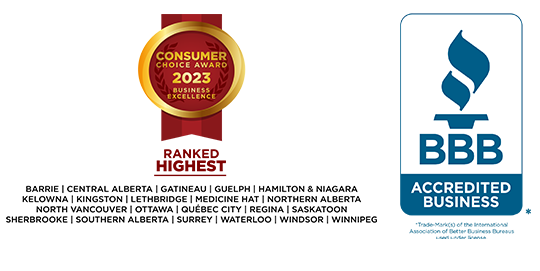End The Burden Of Tax Debt
2014-04-28 minute read
As we say goodbye to another tax season, many individuals may be left with a sense of dread. Whether it is due to a failed business, improper management of self-employed earnings or several years of not keeping up with filing returns, the amount owed to Canada Revenue Agency (CRA) can seem insurmountable.
Tax Debt Can Lead to Other Debt Issues
While struggling to make payments on government debt, regular consumer debt often increases as you rely on credit for normal household expenses. If your credit situation has gone too far to qualify for a loan to pay out CRA, or the amount owing to CRA is too high to obtain a bank loan, there are alternatives.
It is a common myth that you can’t file a bankruptcy or a consumer proposal with debt owing to the government. Individuals often assume the government is exempt from the rules that govern other types of creditors, but this is not actually the case.
Types of Government Debt Included
You can include the following government debt in either a bankruptcy or consumer proposal:
- HST/ GST returns;
- Personal income tax debt, including reassessments of previous taxation years;
- Amounts owing for payroll or other source deductions;
- Amounts owing to the Canada Mortgage and Housing Corporation for the shortfall on the sale of a property; and,
- Student loan debt that is more than seven years old.
This list is not exhaustive. If you have other government debt you should check with a trusted advisor as to whether it can included in a proposal or a bankruptcy filing. You may be surprised by the answer.

